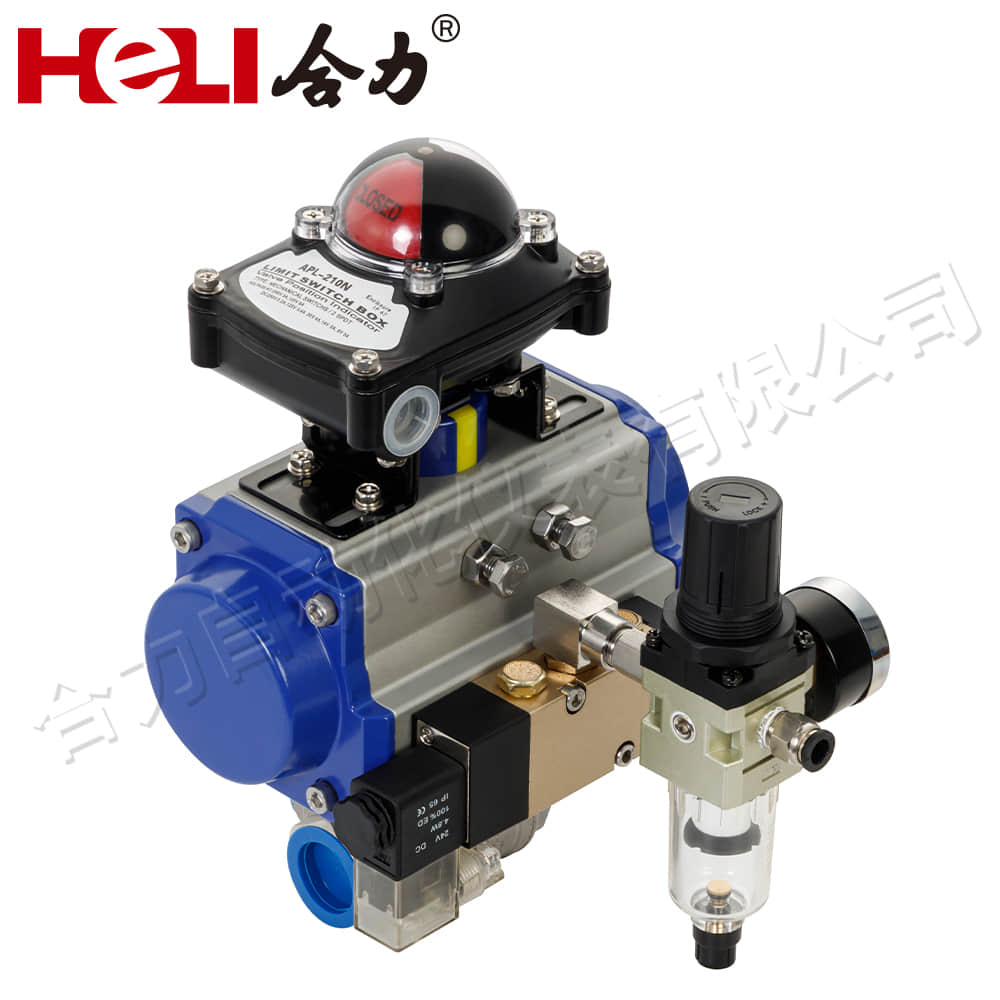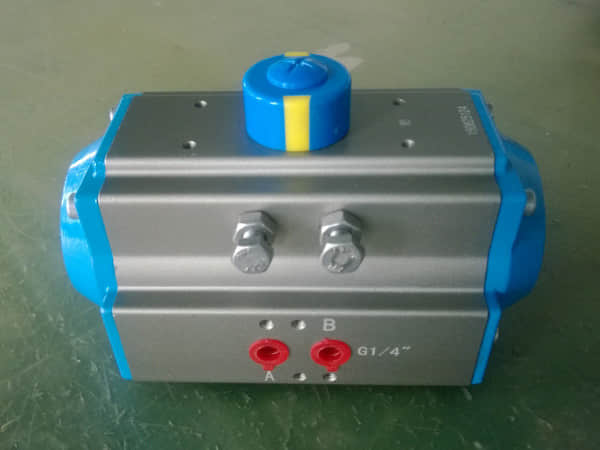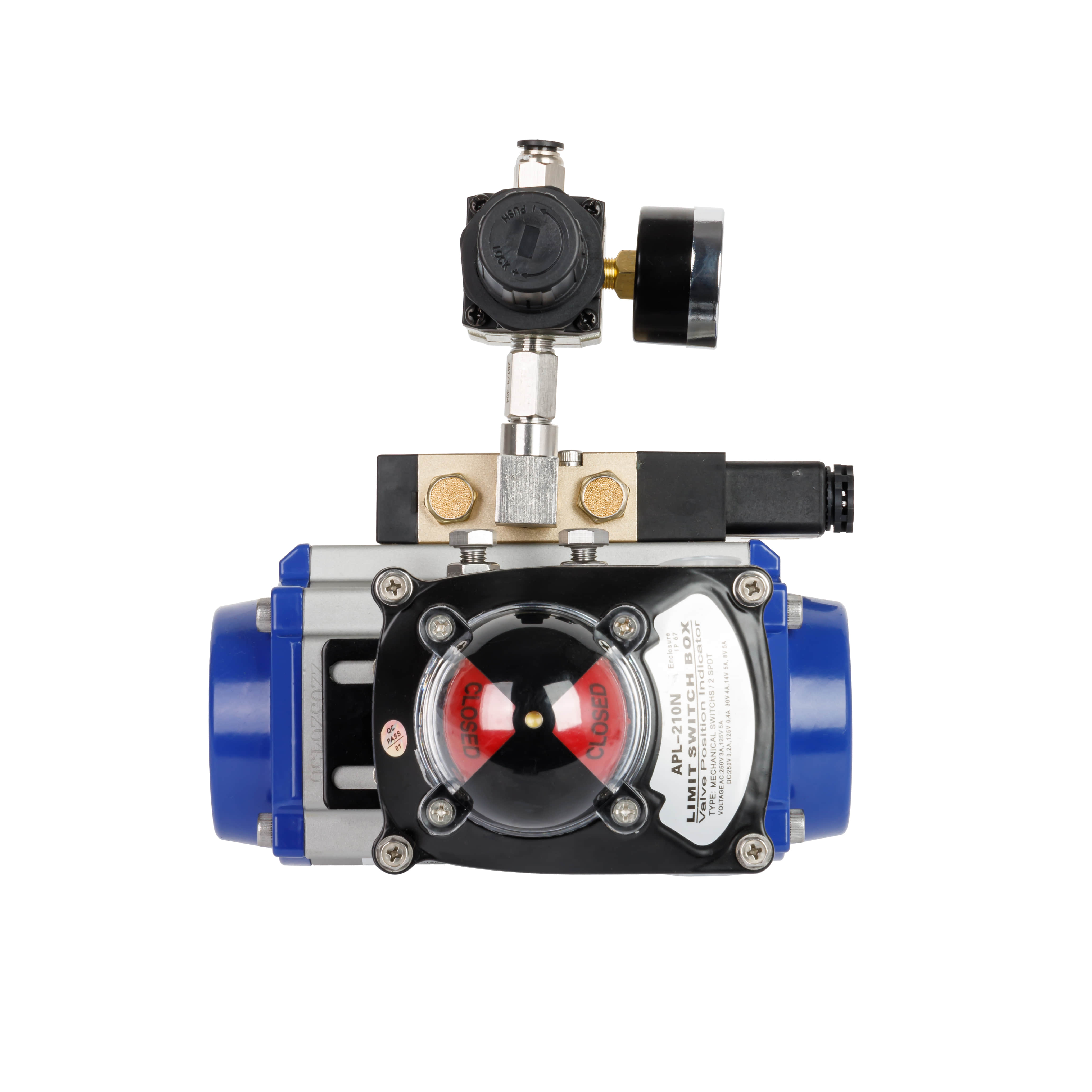
In the ever-evolving landscape of industrial automation, pneumatic actuators have established themselves as a reliable and cost-effective solution for various applications. Their ability to convert the energy of compressed air into mechanical motion has made them an indispensable component in numerous industrial processes.

Pneumatic actuators, as the name suggests, rely on pressurized air to operate. They come in various designs, from simple diaphragm actuators to more complex rack-and-pinion or scotch-yoke mechanisms. The key component of a pneumatic actuator is its cylinder, which houses a piston that moves when air pressure is applied. This movement is then translated into the desired motion, whether it's rotational, linear, or some other form of mechanical action.

